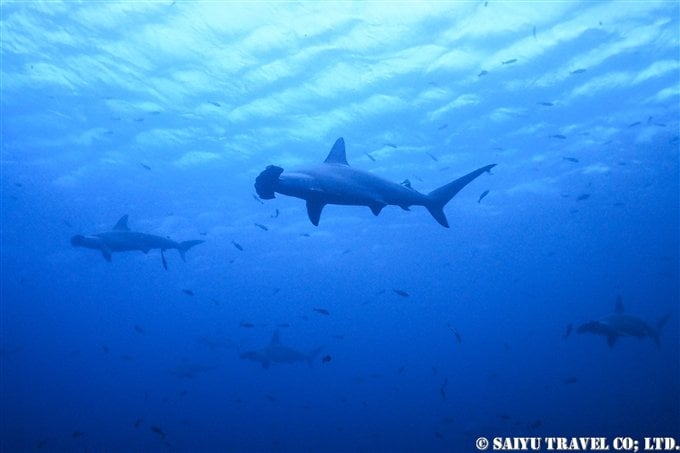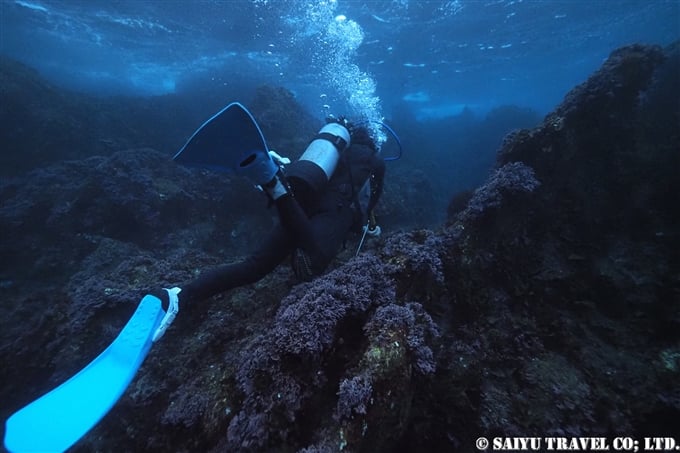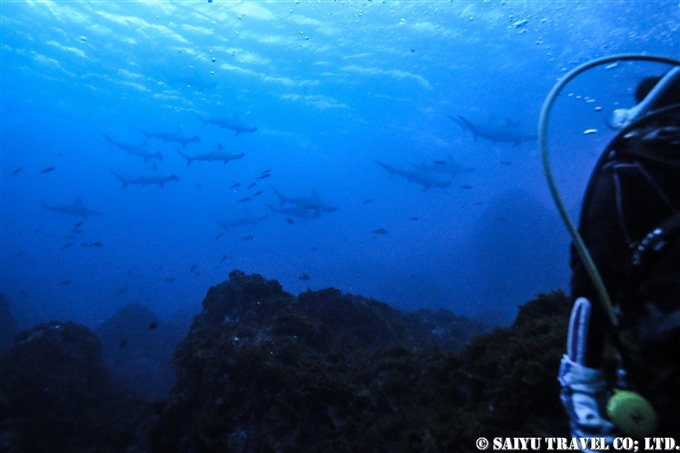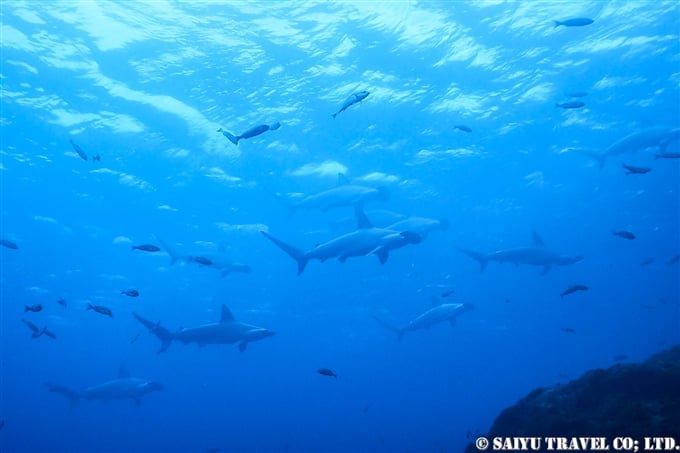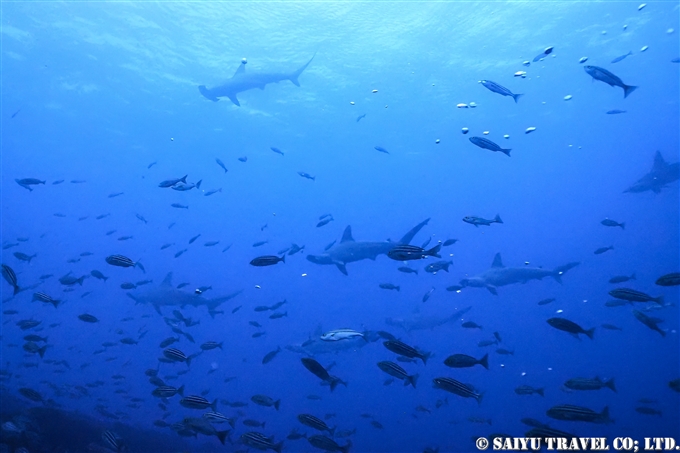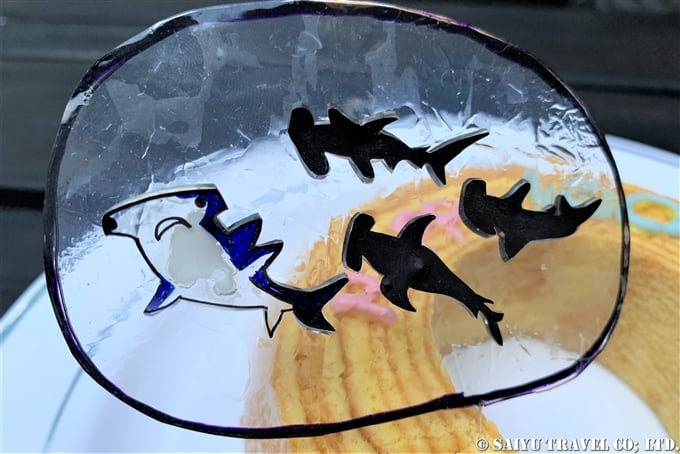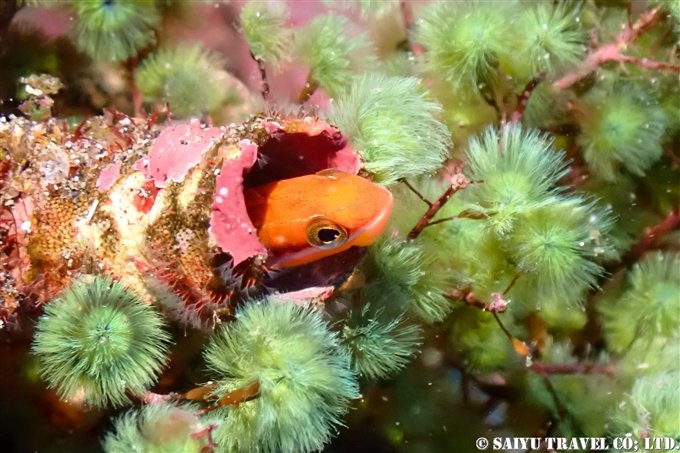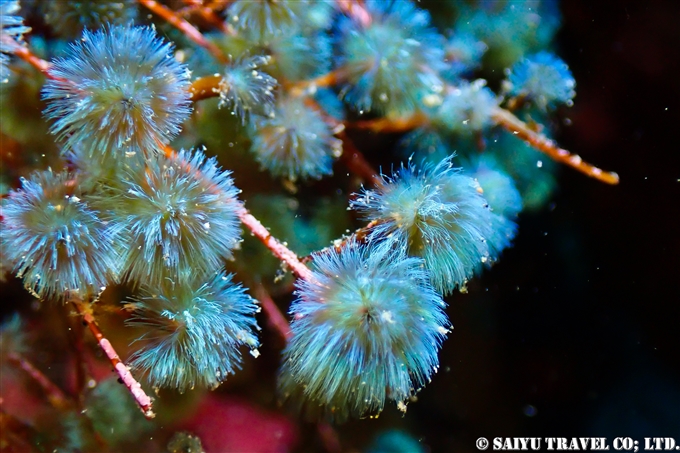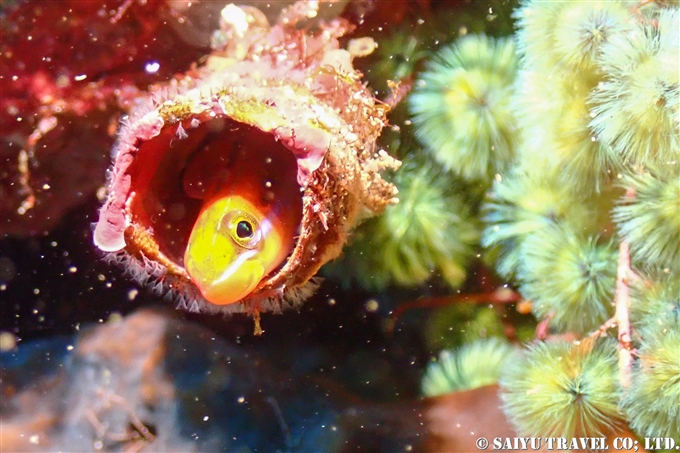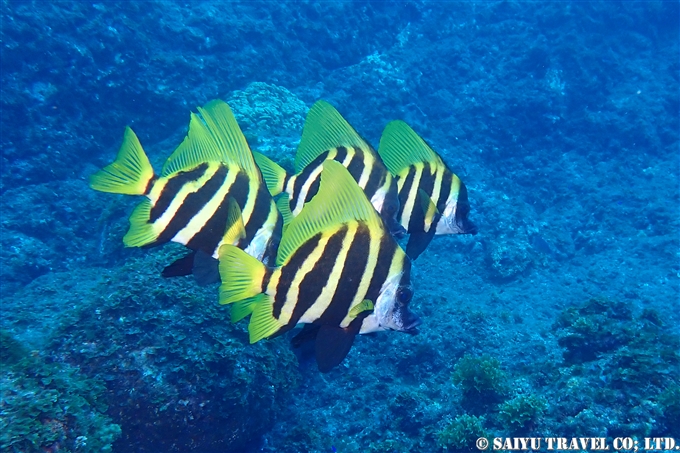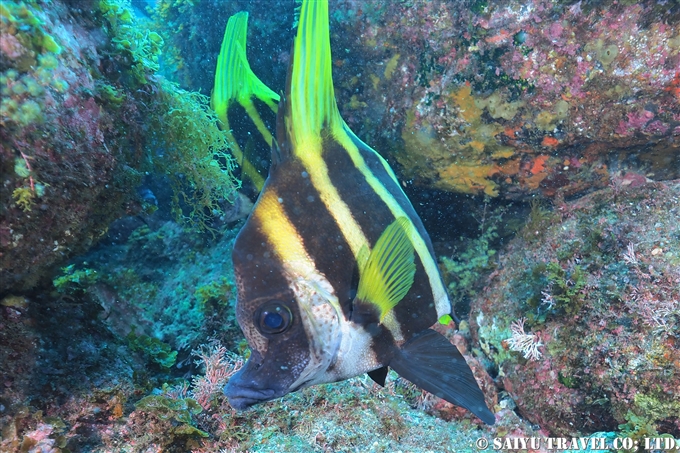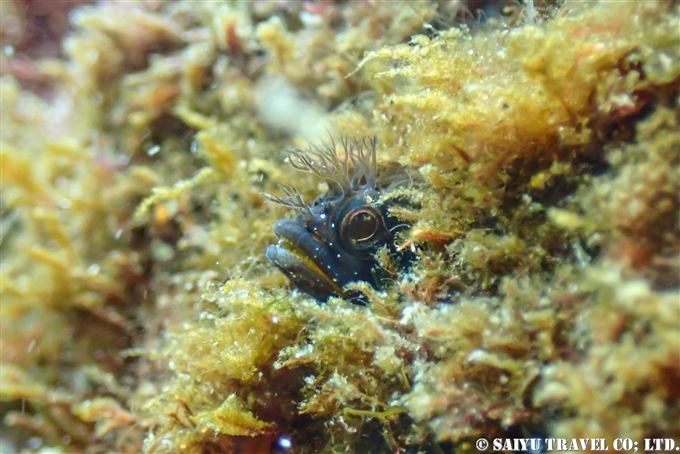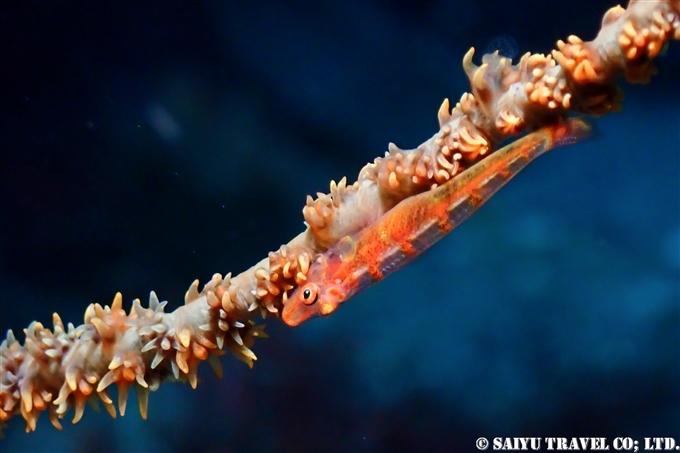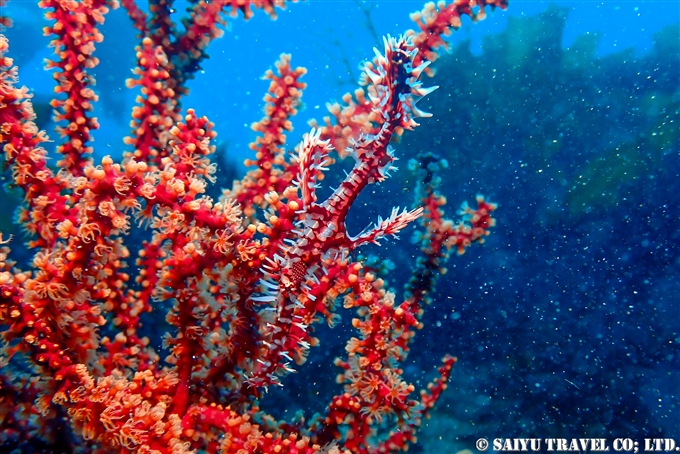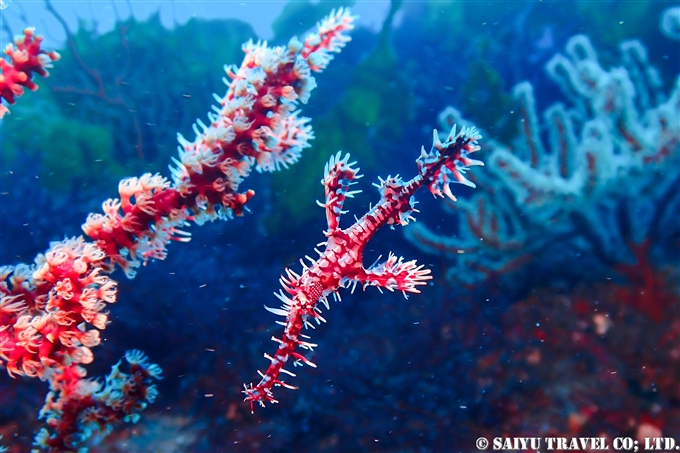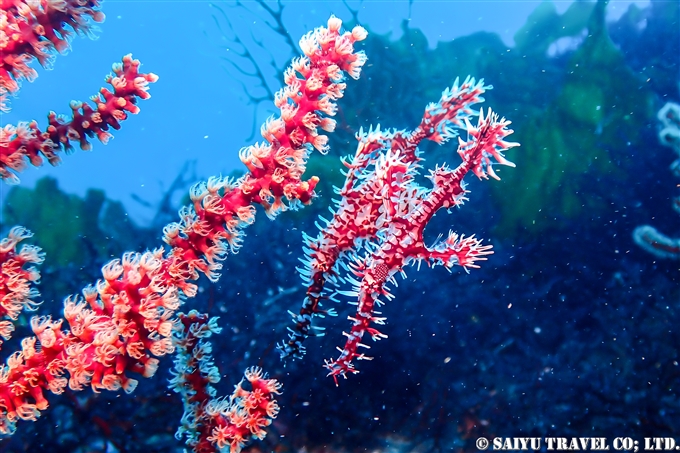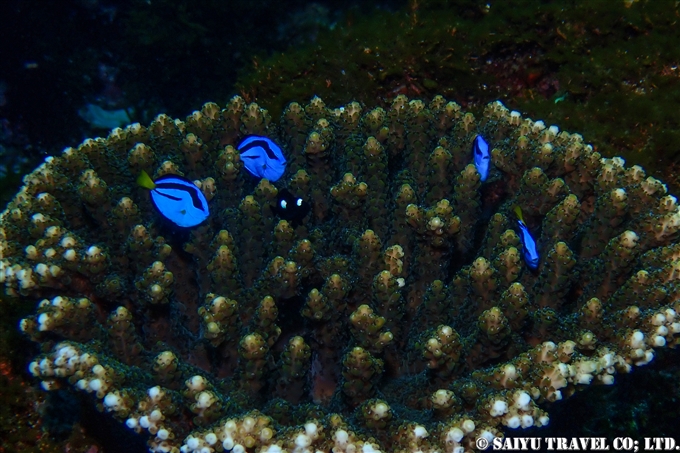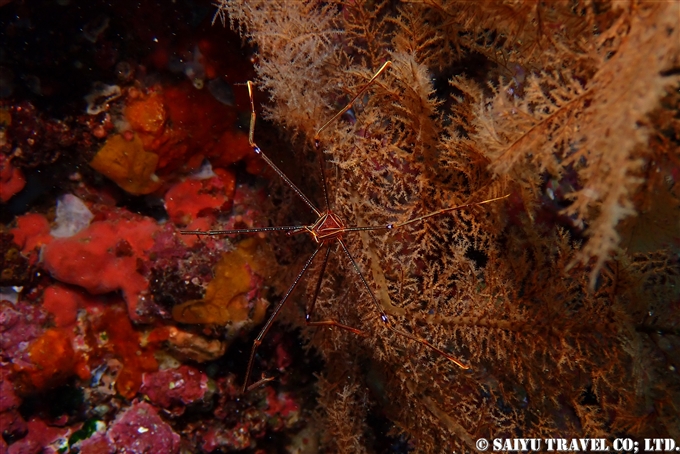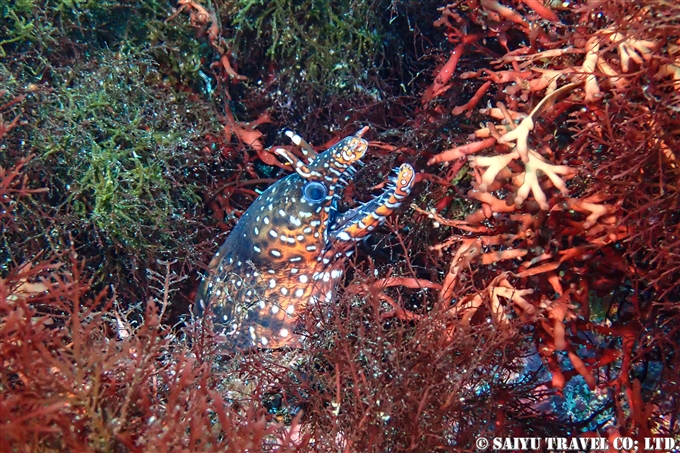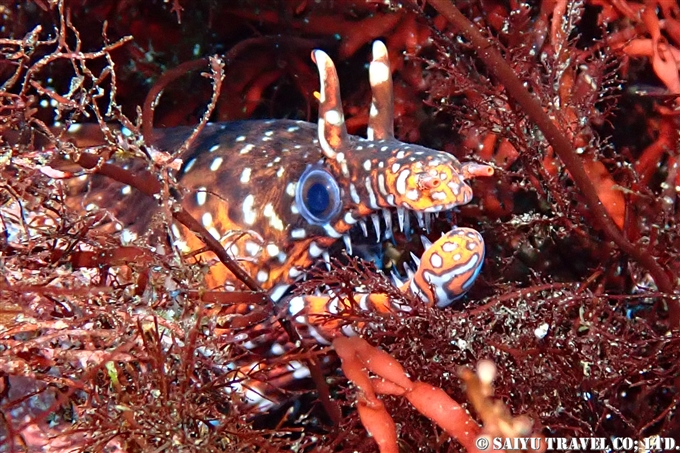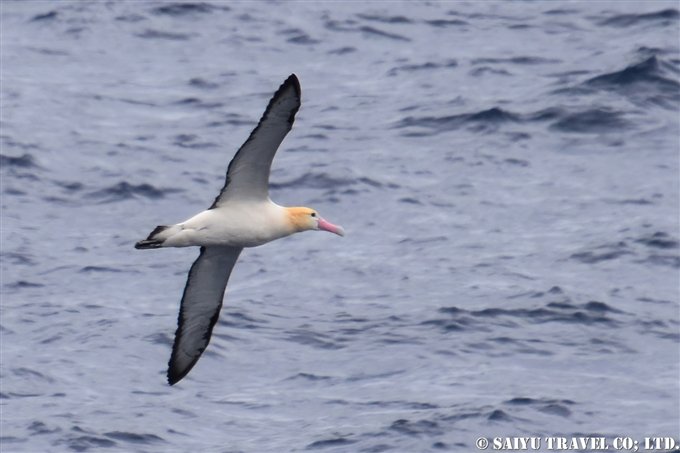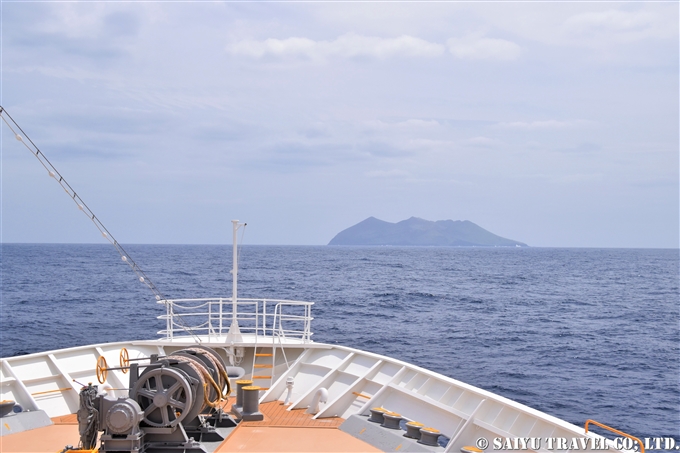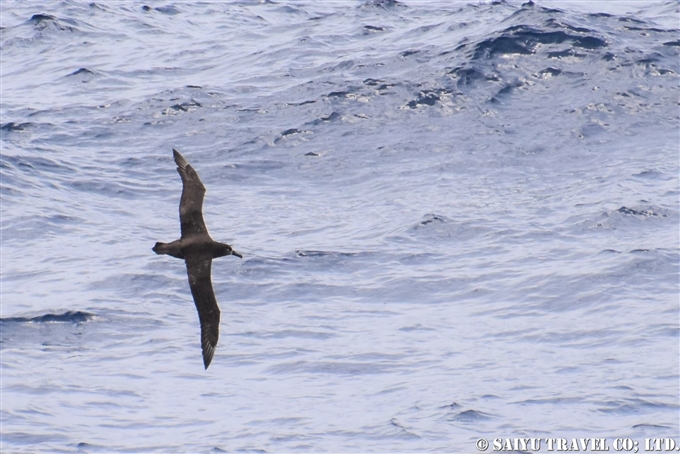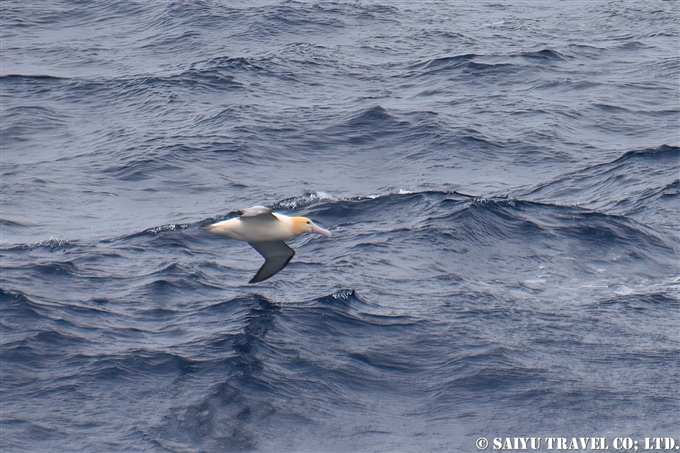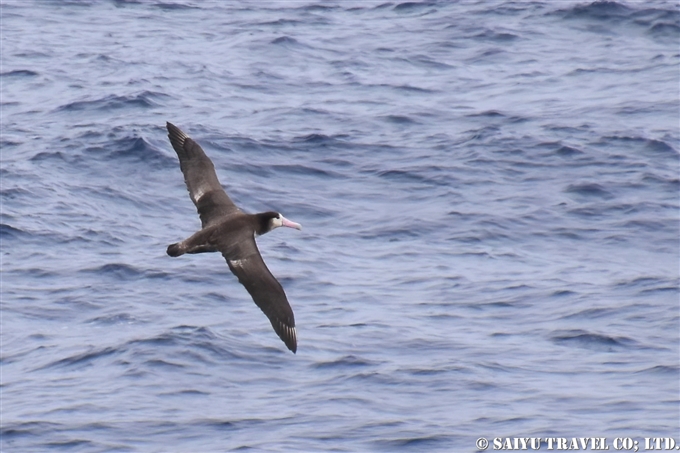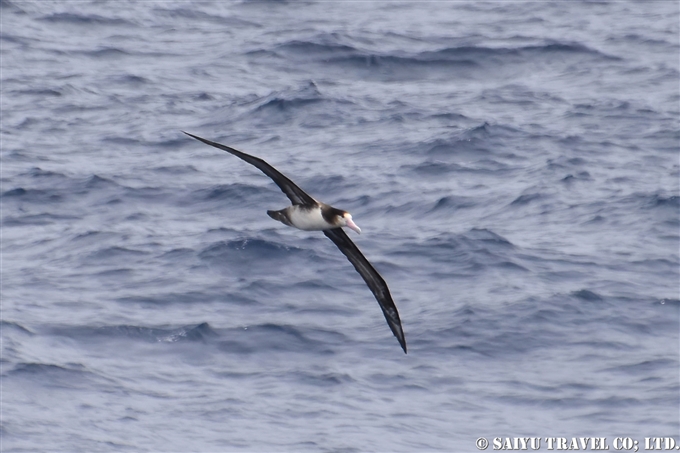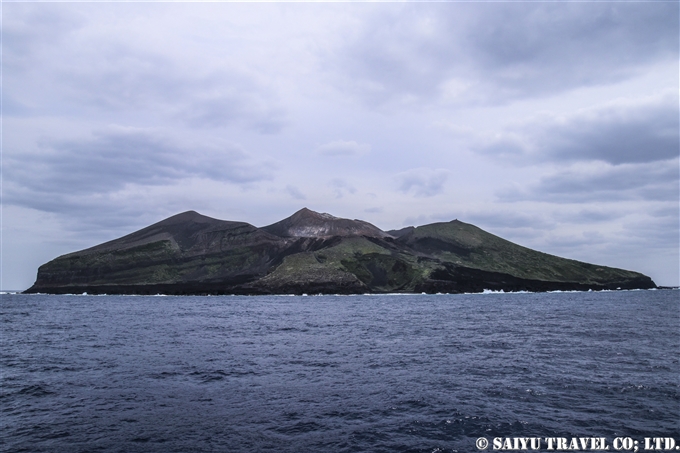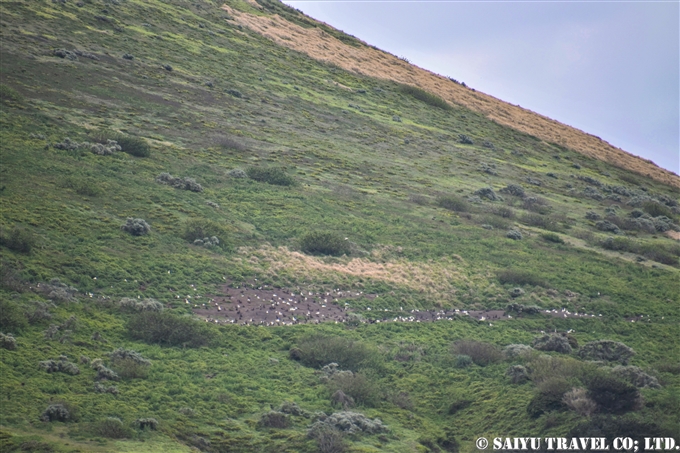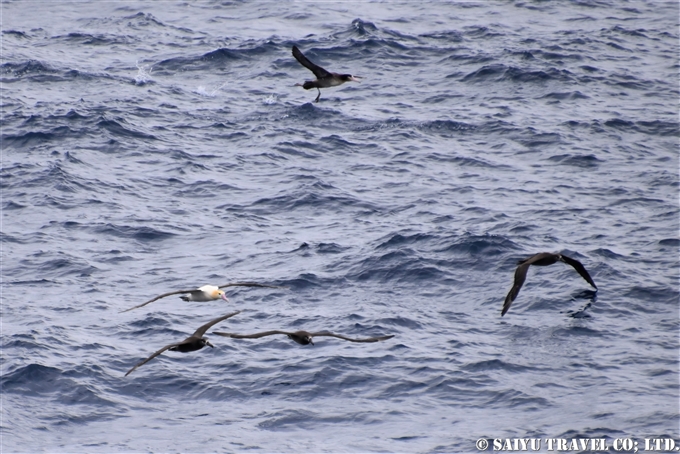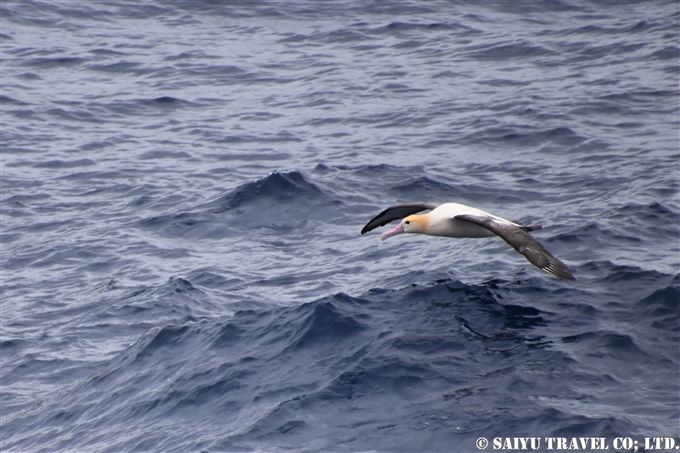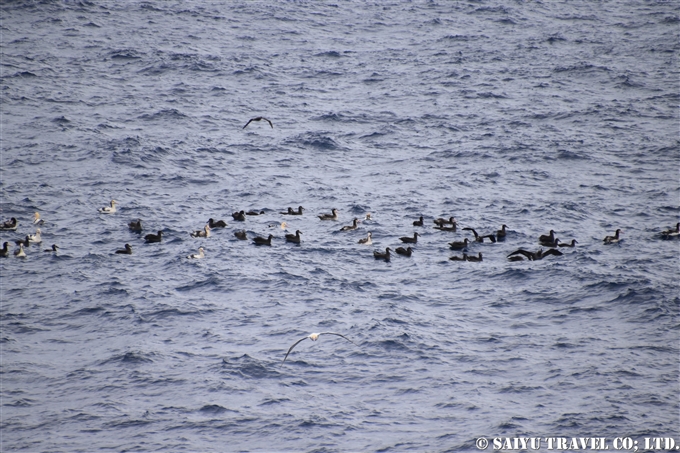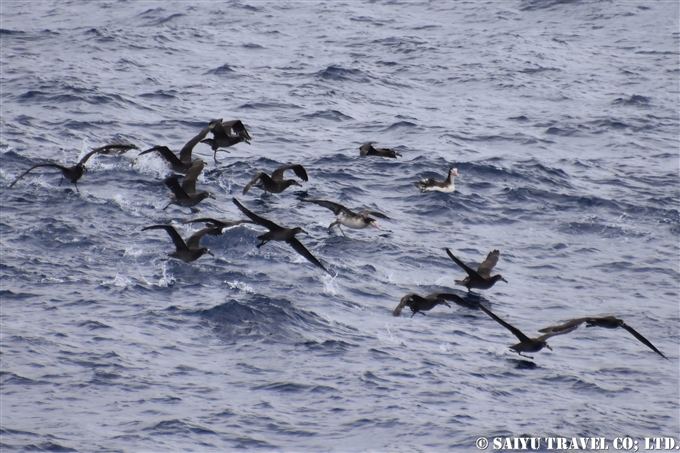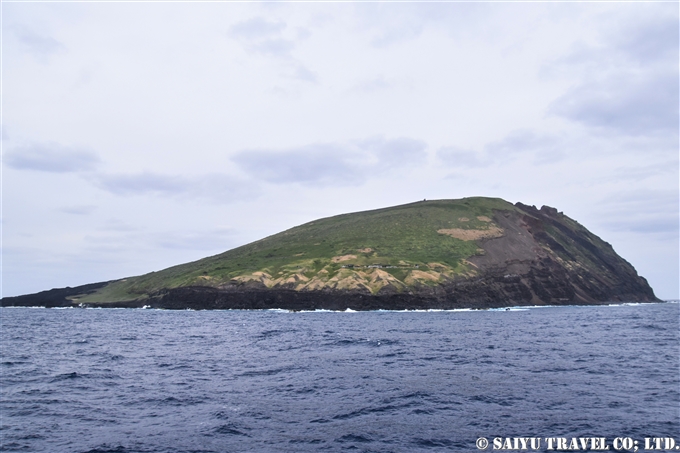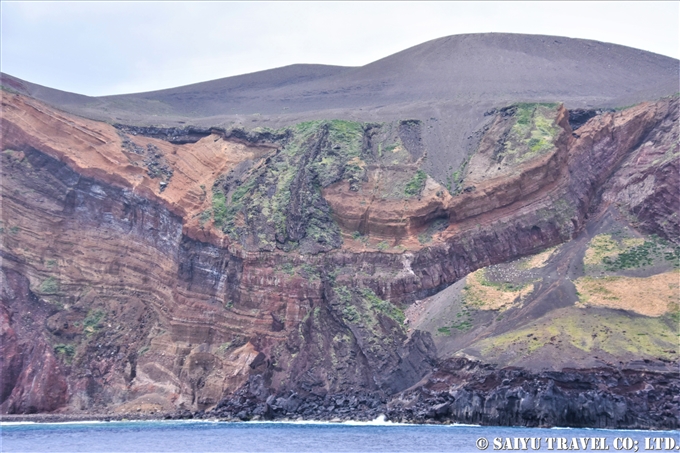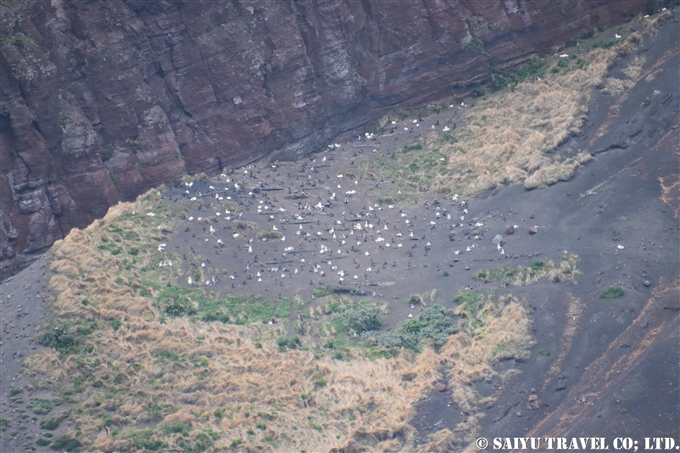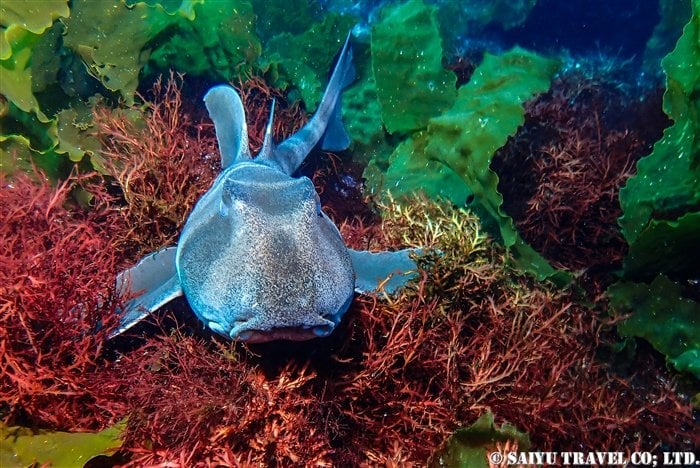
At the start of July, we were in the waters around Izu Oshima. We could see Bullhead sharks, Dragon Moray Eels, and Hammerheads…We were there only for 2 days and one night but its only 1.5 hours away using the high-speed boat from Takeshiba Pier in Tokyo.
After we arrived in the early morning at the island, we had 3 dives, then the next morning grabbing another 3 dives, including being able to see the Hammerhead shark with sunrise, by the time we were back on the boat for going back, we had an 6 amazing dives under our belts! Isu Oshima is simply awesome.
Sea of Izu Oshima・The Undersea Geopark(1)
Sea of Izu Oshima・The Undersea Geopark(2)
I was quite worried about the heat during the day, but the water temperature was 19 to 22 degrees ℃ which was fine in a dry suit. While taking a diving short course, we could observe so many fish, and on top of that, get some photos as well. The most memorable thing about the trip was our encounter with the Bullhead sharks.
The Bullheads are quiet-natured sharks, who often live in the seaweed beds. They are commonly seen in Izu while diving. The English name is ‘Bullhead Shark’ but the Japanese name of the sharks are “Neko-zame” which means “Cat (neko) + Shark (same).” It is named this because where the eyes of the shark are pointy like a cat’s ears at the top of the head, the overall shape makes the shark look like a cat’s face.
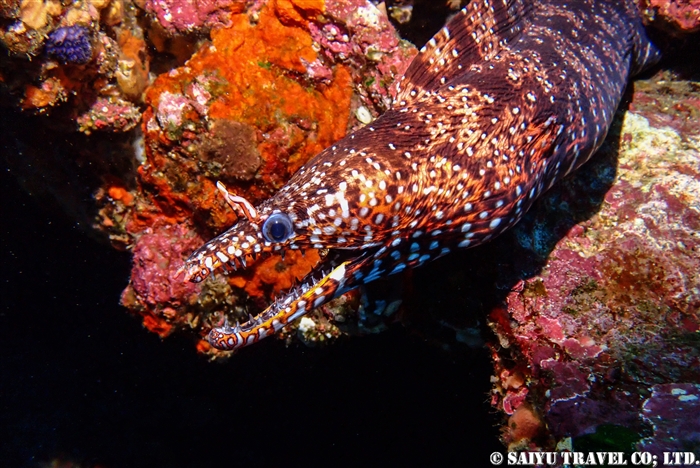
The Dragon Moray Eel.
The English name was ‘Dragon Moray’ but the Japanese named it as ‘Torautsubo’ or a ‘Tiger’ (tora) +’Moray’ (utsubo).
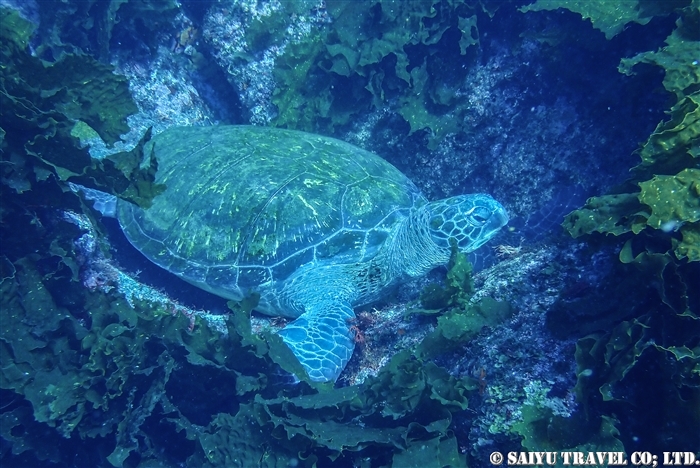
This Green Sea Turtle has been given a name by the locals as ‘The Lord’ (Nushi) because it is so extremely large. Because it is not photographed with a person, it is hard to get the scale of just how big he is, but in all the diving I have done, it is the largest Green that I have ever seen. According to our guide, either he is getting too old or too big, but he just does not move very much from this spot.
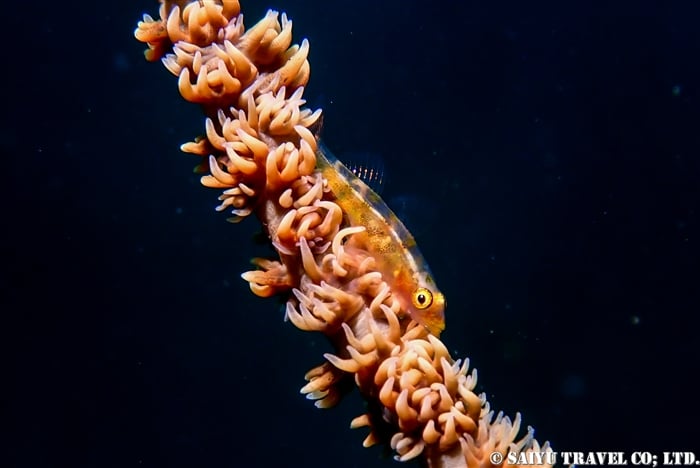
Whip Coral Goby
This type of coral is called a Whip Coral and the fish that lives on it is a type of Goby fish.
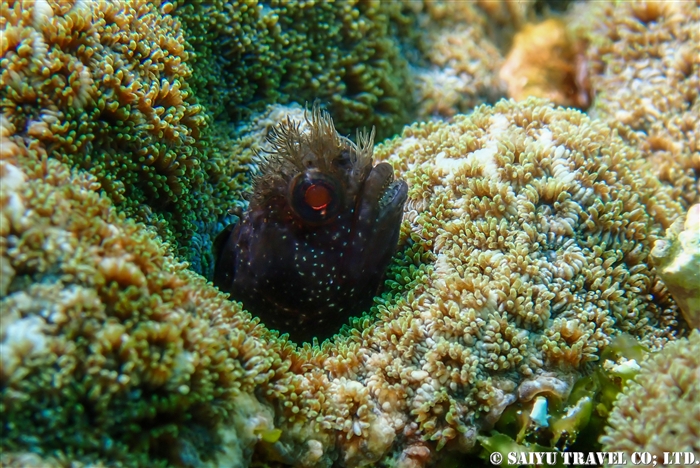
In Japanese this fish is called a ‘Toshima Gimpo’ (Neoclinus toshimaensis). It is poking its head out of its burrow but only 1cm of it can be seen.
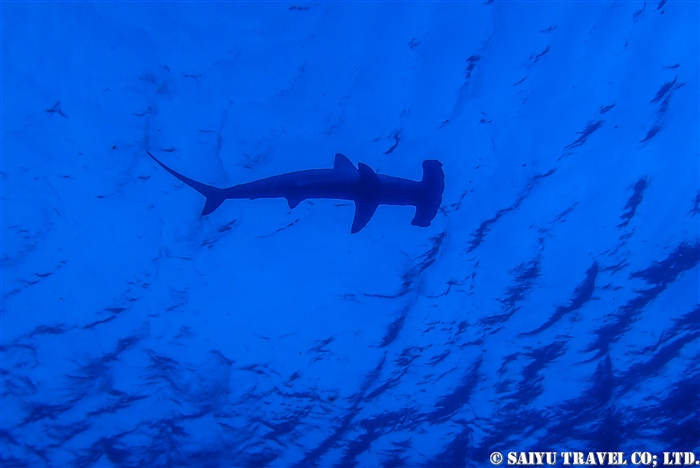
A Hammerhead shark at Keikai Beach. During this trip, we did not see that many of them, but it is always a little startling to see them swimming (we were at 12 meters depth as they passed directly overhead).
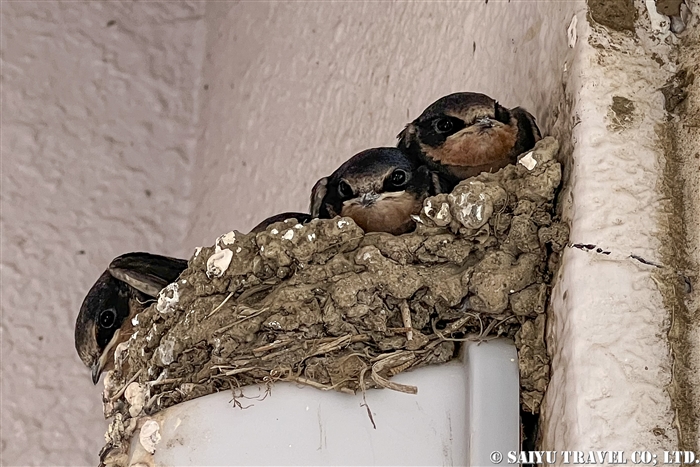
Near the access to our diving area, there is a toilet which served as the home for this Pacific Swift nest- it was full. The next day, the babies had fledged and left the nest.
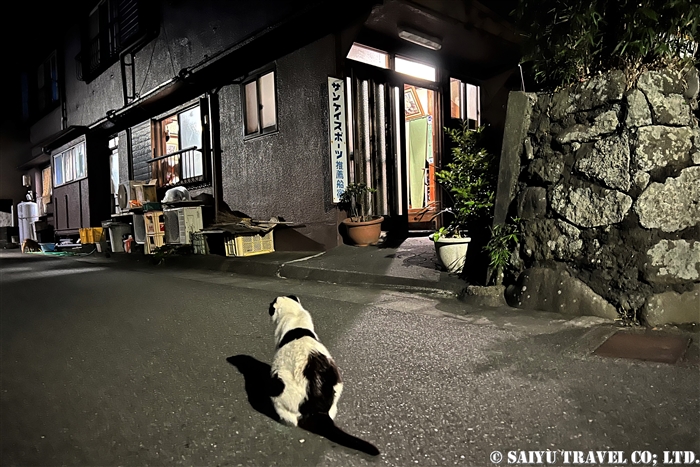
This is the outside of the lodging. There are many cats in this area. It was a very healing stay with nostalgic scenes like this and the friendly cats.
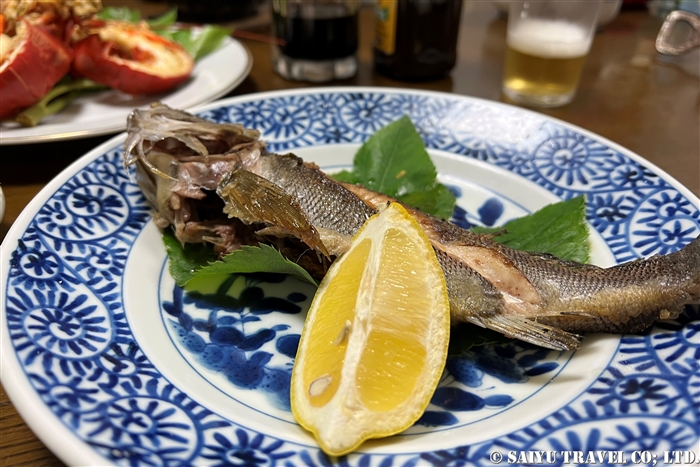
The fish we saw the most during this trip was the Chicken grunt (isaki). We also saw it on the menu at dinnertime!
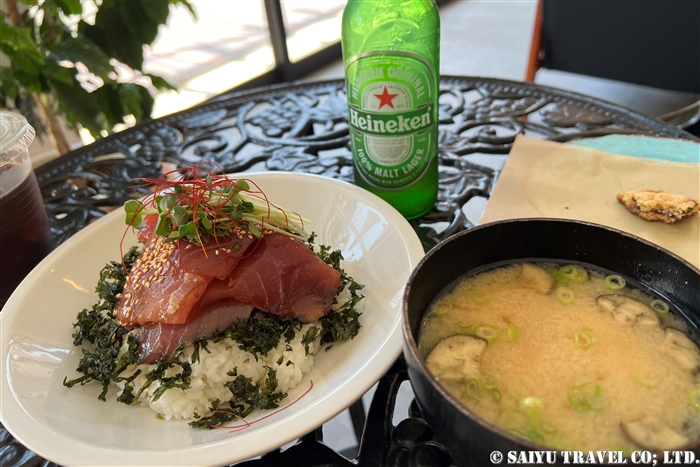
If you are in Izu Oshima, you should try the bekko rice bowl (Bekkou don). We ate it as our last meal after the final dive, enjoying all the specialty items the island has to offer. There is a pickled sashimi that is placed on top of the sushi rice. And the beer after having a dive tastes so good.
In the evening, we took the ferry back to Takeshiba pier in Tokyo.
Image: Mariko SAWADA
Observation: JUL 2022, IZU OSHIMA
Special Thanks: Beach Line
Related topic Youtube : Dive in Izu Oshima
Tags: Whip coral goby, Dragon Moray Eel, Izu Oshima, Scuba diving in japan, Izu, Scuba dive in Japan, Diving in Japan, Japanese Bullhead Shark, Saiyu Travel Japan





